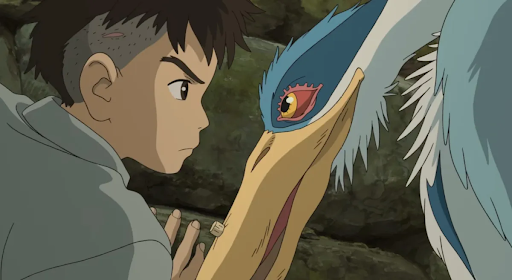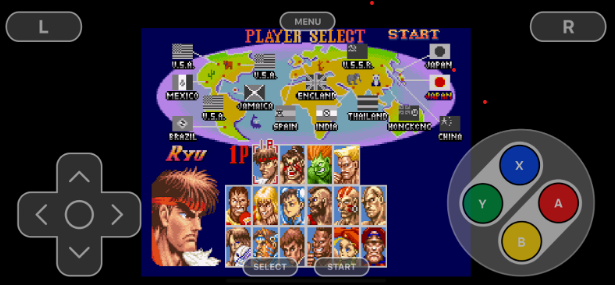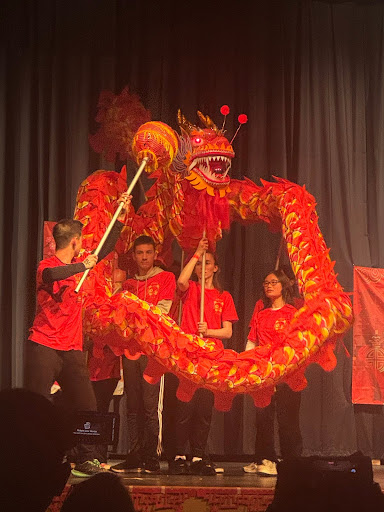Excited fans across the world have sorely missed the works of Hayao Miyazaki since his latest film, “The Wind Rises.” Other movies by him such as “Spirited Away” and “Howl’s Moving Castle” have gathered attention and won award nominations in the past. Yet, roughly nine years later, Miyazaki has come out of retirement once again to share his story in collaboration with Studio Ghibli. One last movie, one final statement, “The Boy and the Heron.”
The film begins in 1943 Tokyo, where 12-year-old Mahito runs after his mother into a burning hospital. A few years after losing his mother, Mahito’s father remarries with his late wife’s younger sister, Natsuko. They move to the countryside, where at his new school, Mahito doesn’t get along with any of the other students and ends up getting into a physical fight. Then when Mahito is home, he meets a heron who comes to tell him his mother is alive. Following the next day, Natsuko falls ill and is seen by Mahito going near a mysterious tower. He follows her in and finds himself entering a tunnel as Kiriko — one of the grandmas who lives with Natsuko — tries to stop him. As they enter, the talking heron pops up and fights them, which results in Mahito and Kiriko sinking into a red carpet that molds into a form of quicksand. They separate into another world, pitching Mahito into a long adventure of grief and discovery.
Compared to Miyazaki’s past works, this movie is much more personal to his life. It’s Infused with the form of a semi-autobiographical film of Miyazaki’s experience of running away from Tokyo in World War II, then settling in the countryside. This is also a fair warning that the film presents a dark element, meaning it may not be suitable for younger audiences.
One thing I notice about this movie is the unique choice of less music and lines from the main character. The film holds stillness and unfolds at a slower pace right from the start after the fiery blaze scene. Viewers may become bored, or feel uncomfortable with the pacing. For me, it wasn’t bothersome, because I personally enjoy scenes that contain stillness, allowing the audience to take in the entire imagery.
While “The Boy and the Heron” has less sound than previous Studio Ghibli and Miyazaki-produced films, much work was done for the little sound that we hear. The music composer is Joe Hisaishi, who has worked on every Miyazaki film since 1984. Much of his music, such as “One Summer’s Day” and “Merry-Go-Round of Life,” has become mainstream. In a Los Angeles Times article, Hisaishi stated, “I decided right at the start that this film probably would not be good to have a full orchestra playing the whole time and that I would play the piano.” It appears Miyazaki and Hisaishi had a plan to show emotion through the visuals, no words or music to strongly convey it.
As much as I am in love with Joe Hisaishi’s older music, I am favorable of his choice for this movie. It fits the tranquil moments of the film to not overwhelm it with sudden loud music, but a hint of mysterious and playful notes. On the other hand, the ethereal animation and coloring brought many wonders to this film. From the beginning, the fire looked almost mesmerizing and showed the heat pushing Mahito’s face as he tried to fight back, making it clear of his state of danger and panic. This movie definitely captured my eye in color, background and detail. The scenes felt surreal and had the Miyazaki touch of a dreamy world.
There is also a certain quirkiness to the film, with animals in the magical world being much bigger than their regular size and able to communicate with the main character with no barrier of language. As birds seem to be a common theme in this film, it makes me wonder if they symbolize something almost evil, as most turn against Mahito. Also, we meet Kiriko again — but as her younger self — and other characters from the real world as somebody different. This creates a parallel between the worlds that resemble each other to connect. Most elements in a fantasy movie never truly make sense when faced with reality, but I think that’s how Miyazaki intended it to be.
To connect back to blurring the lines of the movie’s meaning, this leads to the original title of this movie, “How Do You Live?” It’s based on Miyazaki’s favorite book with the exact title by Genzaburo Yoshino. The actual story isn’t too similar, but is inspired by a mix of Miyazaki’s personal life. Despite the name change to “The Boy and the Heron” specifically in North America, it remains the same in Japan. There isn’t any real reasoning that has been shown online, but it makes me wonder if it had anything to do with the way the title presented the movie or gave the audience a fixated prediction of what type of story it would deliver.
Overall, this movie was a great one to see; its story made me curious and sit at the edge of my seat. I enjoyed the parallel between the worlds and the creatures Mahito encounters as he finds out which ones are his allies and enemies. The world-building, variety of characters and contrast developed an engaging movie. However, it was a bit difficult to swallow in one watch. Ideas and words were thrown around in the film with specific reasoning, but I was unable to grasp some of them. The film brought me a wave of confusion, but a delightful one. I’m sure the way the movie ended was intentional for me to keep thinking, as it is about life and death. None of this equals a poor rating, but rather a build of curiosity where I want to learn more about its true value and message. This convinces me that I should definitely re-watch the tragic, yet playful film, “The Boy and the Heron.”
ac/yl/rc/tk/jy/ew
For more breaking news and photos, follow The Wingspan on Instagram and Twitter @CHSWingspan.





